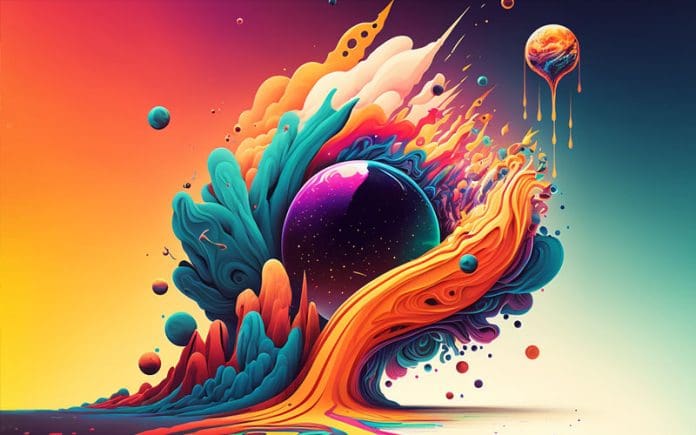Artificial Intelligence (AI) has revolutionized many fields, and the realm of graphics is no exception. From generating realistic images to creating stunning artwork, AI graphics are reshaping how we think about art and design. In this blog, we’ll explore the fascinating world of AI graphics, delving into how they work, their applications, and the technology behind them.
The Basics of AI Graphics
At its core, AI graphics involve the use of algorithms and neural networks to create, modify, or enhance images. These systems are trained on vast datasets of images and learn to recognize patterns, styles, and features. Once trained, they can generate new images, transform existing ones, and even create art that rivals human creativity.
Key Components
- Neural Networks: These are the backbone of AI graphics. Specifically, convolutional neural networks (CNNs) are widely used due to their effectiveness in processing visual information. CNNs consist of multiple layers that progressively extract features from images, enabling the AI to understand and recreate visual elements.
- Generative Adversarial Networks (GANs): Introduced by Ian Goodfellow and his colleagues in 2014, GANs are a class of neural networks that have significantly advanced AI graphics. A GAN consists of two networks: a generator and a discriminator. The generator creates images, while the discriminator evaluates them against real images, providing feedback for improvement. This adversarial process results in highly realistic images.
- Deep Learning Algorithms: These algorithms enable AI systems to learn from data. Through deep learning, AI can understand complex patterns and relationships within images, allowing for sophisticated image generation and manipulation.
How AI Graphics Work
The process of creating AI graphics typically involves several steps:
- Data Collection: Large datasets of images are gathered. These images serve as the training material for the AI system.
- Training the Model: The AI model, often a GAN or a CNN, is trained on the dataset. During training, the model learns to identify patterns, styles, and features within the images.
- Generating Images: Once trained, the AI can generate new images based on the learned data. For example, a GAN can create realistic human faces, landscapes, or even abstract art.
- Refinement: The generated images are refined through iterative processes. The AI continues to learn and improve its outputs based on feedback and additional training.
Applications of AI Graphics
The applications of AI graphics are vast and varied:
- Art and Design: AI is being used to create new forms of art. Artists and designers leverage AI tools to generate unique pieces, explore new styles, and push the boundaries of creativity.
- Entertainment: In movies and video games, AI graphics are used to create lifelike characters, realistic environments, and special effects. This enhances the visual experience and allows for more immersive storytelling.
- Marketing and Advertising: AI graphics enable the creation of personalized and engaging visual content for marketing campaigns. Brands can use AI to generate tailored advertisements that resonate with their target audience.
- Medical Imaging: AI is revolutionizing medical imaging by enhancing the quality of images, aiding in diagnostics, and even generating synthetic medical images for research and training.
- Fashion: In the fashion industry, AI graphics are used to design clothing, predict trends, and create virtual fashion shows. AI-generated designs can offer fresh perspectives and innovative styles.
The Future of AI Graphics
The future of AI graphics is incredibly promising. As technology advances, we can expect even more sophisticated and creative applications. Here are a few trends to watch:
- Enhanced Realism: AI will continue to improve in generating highly realistic images, making it difficult to distinguish between AI-generated and real images.
- Interactive Art: AI-powered interactive installations and experiences will become more prevalent, offering audiences new ways to engage with art.
- Collaborative Creativity: AI will increasingly be seen as a collaborator in the creative process, working alongside artists and designers to co-create art.
- Ethical Considerations: As AI graphics become more advanced, ethical considerations around authenticity, ownership, and the potential misuse of AI-generated images will need to be addressed.
Conclusion
AI graphics represent a thrilling intersection of technology and creativity. By harnessing the power of neural networks, GANs, and deep learning, AI is transforming how we create and experience visual content. Whether it’s generating stunning artwork, enhancing entertainment, or revolutionizing industries like fashion and medicine, AI graphics are opening up new possibilities and redefining the boundaries of creativity. As we move forward, the collaboration between human creativity and AI innovation will undoubtedly lead to even more groundbreaking advancements in the world of graphics.






